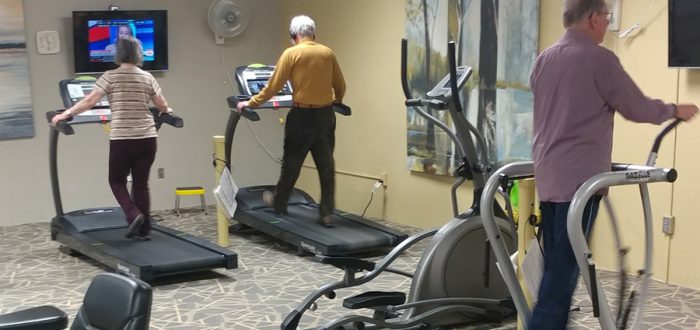Dr. Julie Broderick provides tips about the best age-related forms of exercise. Dr. Broderick is an Assistant Professor in the Trinity College Dublin Department of Physiotherapy. She holds an honours degree (BSc.) in Physiotherapy, a Masters in Exercise Physiology (MSc.) and a Post-graduate Diploma in Statistics (H. Dip.) from Trinity College. Dr. Broderick has worked clinically for a number of years in a variety of settings mainly in the cardio-respiratory area, and has held previous positions in clinical education and academia.
In “The Conversation” blog of January 29, 2019, Dr. Broderick provides exercise advice.
For people in their 60s. Typically, people accumulate more chronic conditions as they get older, and ageing is a major risk factor for cancer. Maintaining a high level of physical activity can help prevent cancers and reduces the risk of developing chronic conditions, such as heart disease and type 2 diabetes. As physical activity tends to decline with age, keep active and try to buck this trend.
• Incorporate strength and flexibility exercises twice a week.
• Participate in aqua-aerobics, a great way to develop strength using water as resistance. (Consider “Pfitsch’s Fishes morning senior water exercise group at the Grinnell College Natatorium.)
• Maintain cardiovascular exercise, such as brisk walking.
For people in their 70s and beyond. Exercise helps prevent frailty and falls, and it’s important for your cognitive function. If you have a period of ill health, try to keep mobile, if possible. Strength and fitness can decline rapidly if you are bed-bound or very inactive, which can make it hard to get back to previous levels.
• Walk and talk. Instead of inactive visits from family and friends, go for a walk together. It will keep you motivated and boost your health more than solitary exercise.
• Incorporate some strength, balance, and cardiovascular exercise in your regime. Get advice from a doctor or other exercise professional, especially if you have several chronic conditions.
The main message is to keep moving throughout your life. Sustained exercise is what benefits health most.
— Bob Mann, Sales & Marketing Director
The Conversation is an independent, not-for-profit media outlet that uses content sourced from the academic and research community. Since the Australian website’s launch in March 2011, it has expanded into three editions, with the addition of a United Kingdom version in 2012 and a United States version in 2014. The Conversation’s “global network”, as it was described by editor-in-chief Andrew Jaspan, publishes all content under a Creative Commons license and, as of 21 October 2014, Jaspan announced that the network’s monthly online audience is two million users onsite, and a reach of 10 million through creative commons republication.

